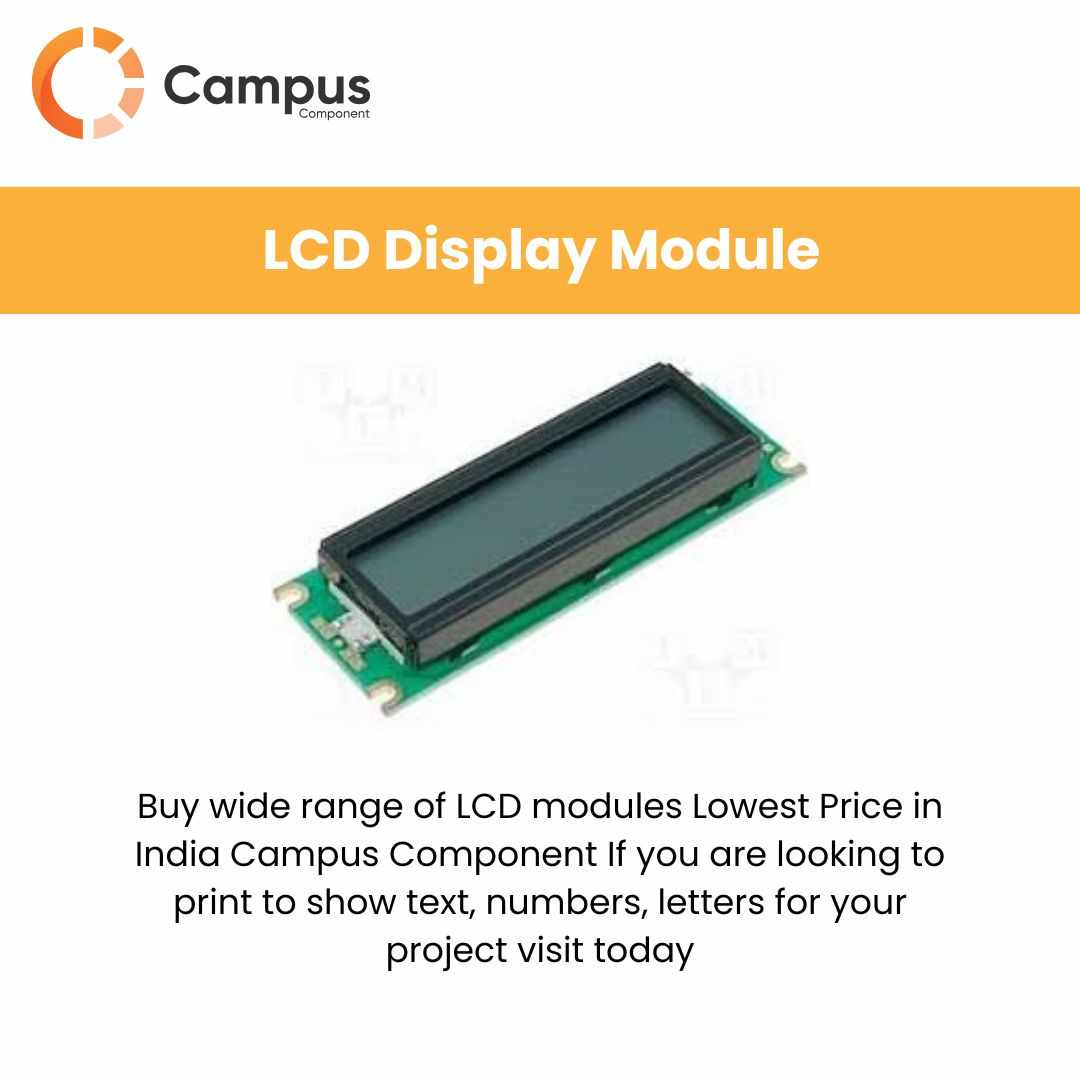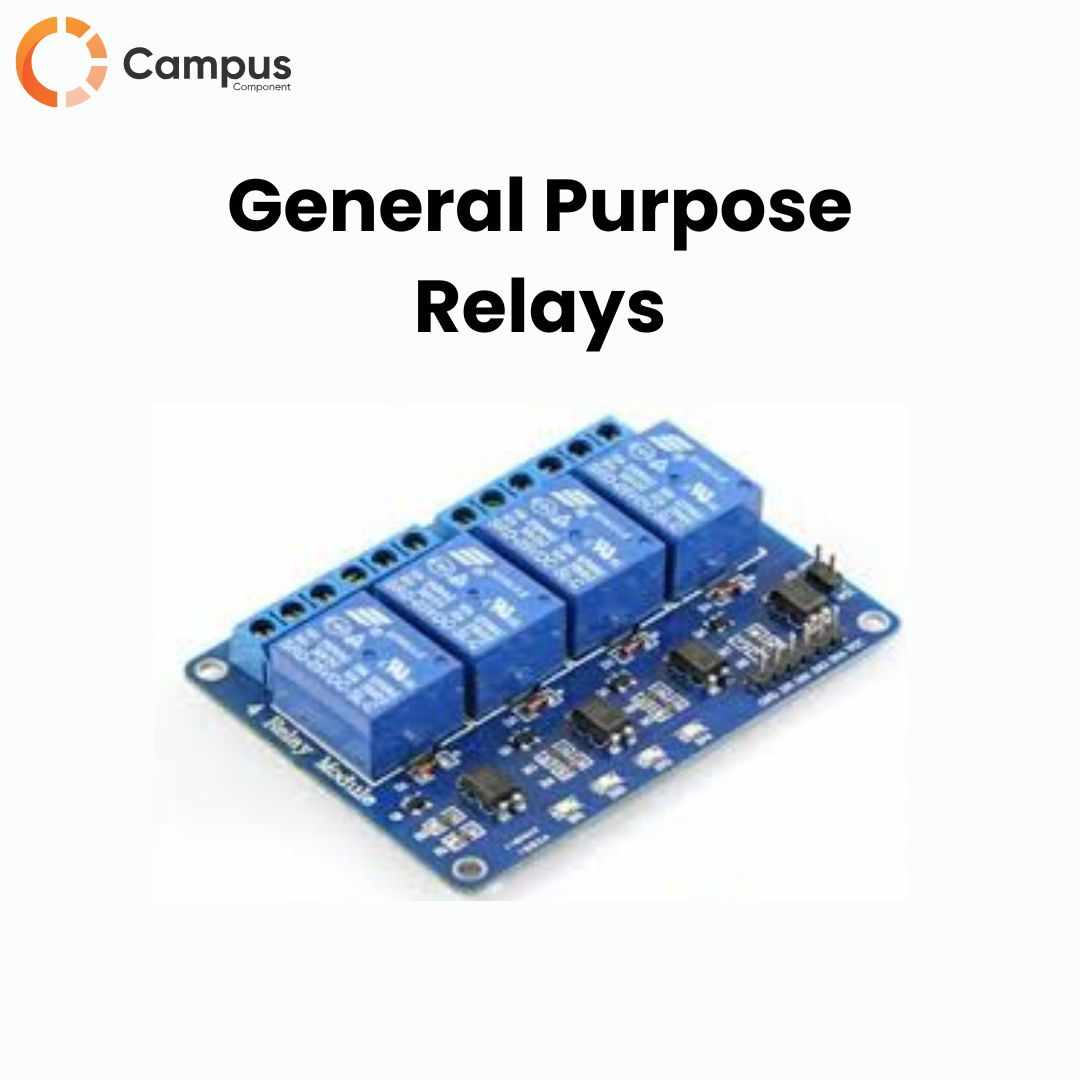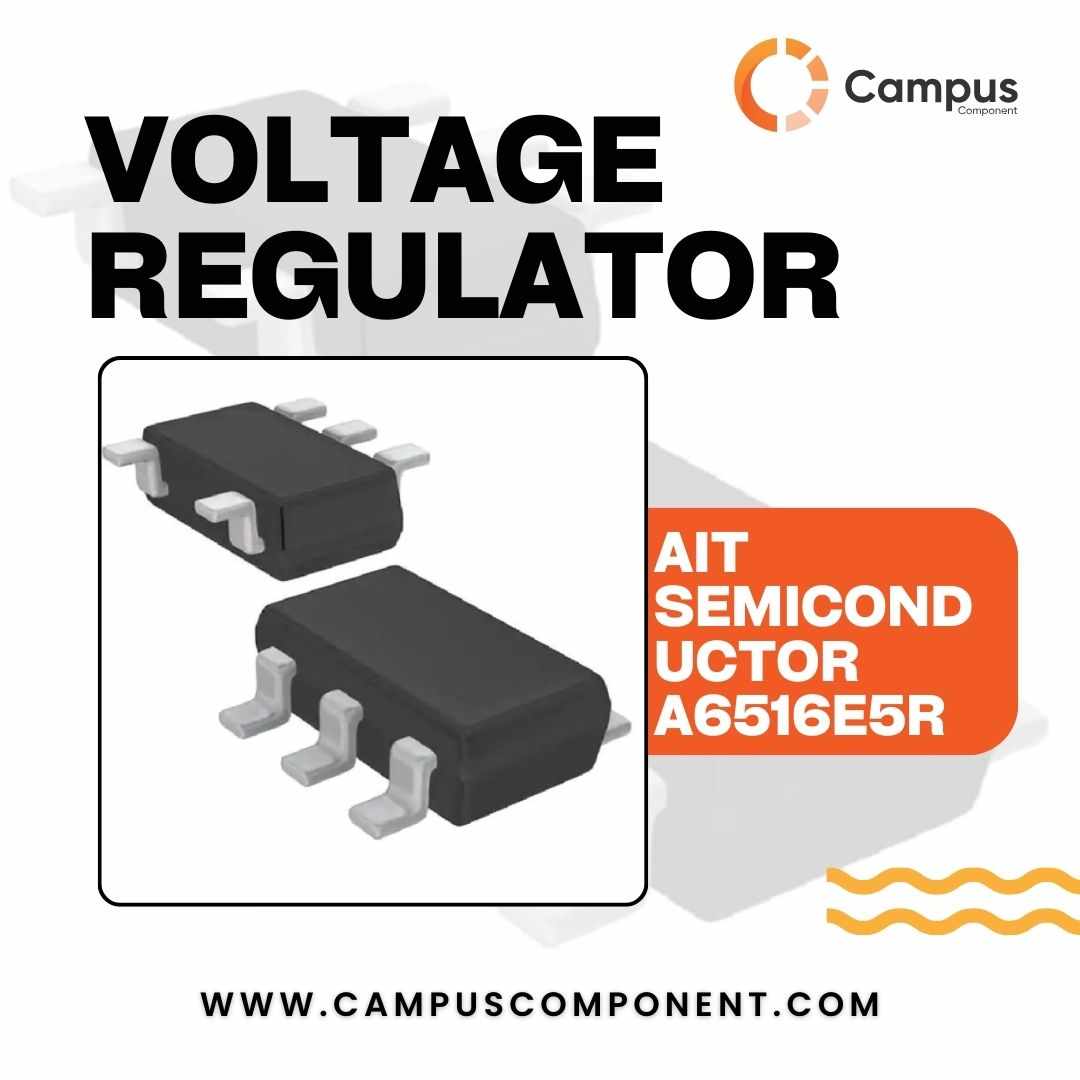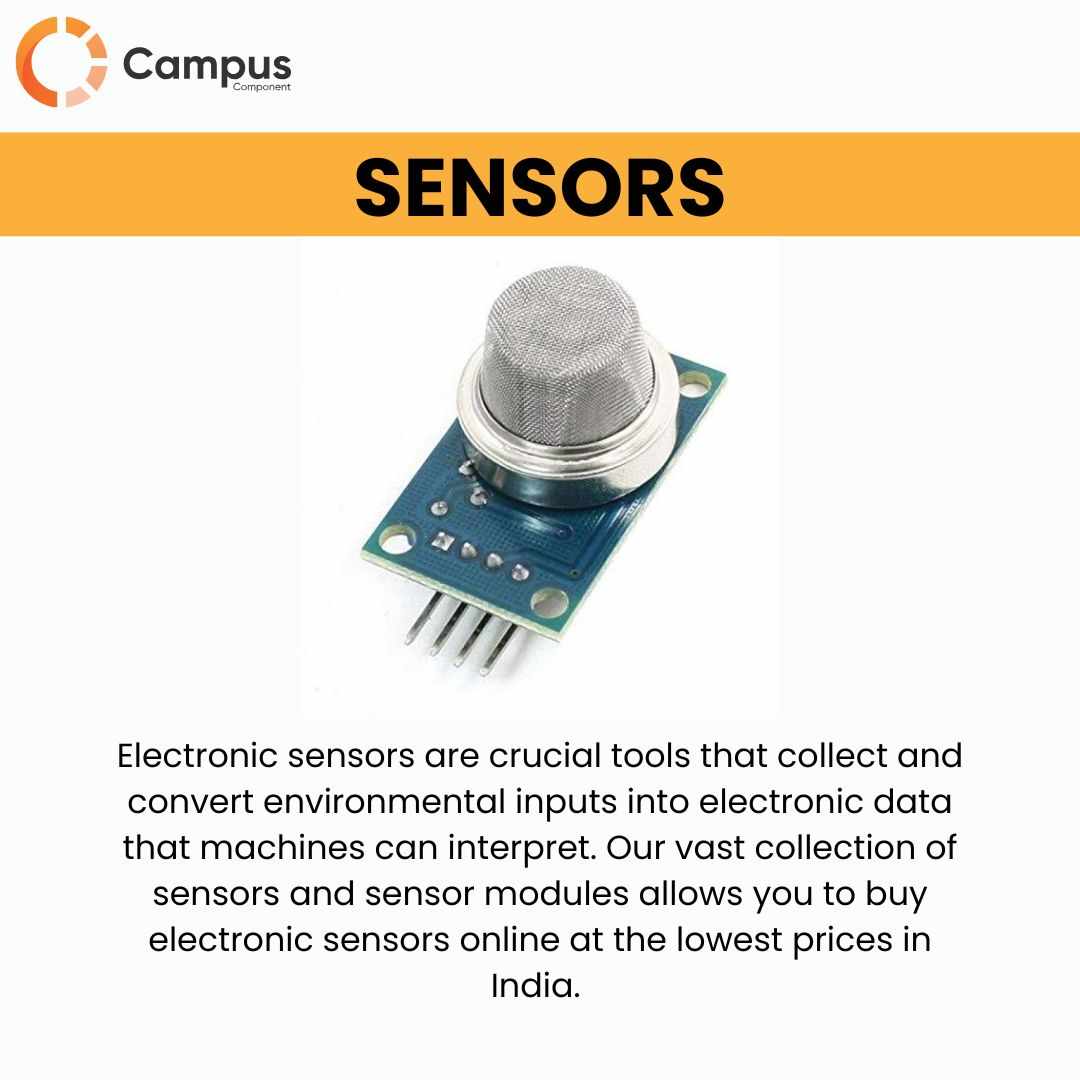
In today’s fast-paced world of technology, lcd display price has become a key consideration for manufacturers, hobbyists, and electronic enthusiasts looking to integrate display modules into their projects. LCD (Liquid Crystal Display) technology is now a standard choice across industries due to its clarity, energy efficiency, and versatility. Whether used in home appliances, industrial machines, or IoT devices, LCD screens deliver high-quality visuals while maintaining cost-effectiveness.
Campus Component, a trusted electronic components distributor in India, offers a wide range of LCD displays that cater to different needs — from simple character displays to advanced graphic LCDs. Understanding the types, specifications, and pricing of these displays can help you make the best purchasing decision for your project.
What Is an LCD Display?
An LCD display is a flat-panel display that uses liquid crystals combined with a backlight or reflector to produce images. These displays are known for their lightweight structure, low power consumption, and ability to deliver clear visuals even under bright light.
They are widely used in:
Consumer electronics (TVs, calculators, smartphones)
Industrial control panels
Medical devices
Automotive dashboards
Embedded systems and IoT devices
LCDs come in several configurations depending on their use case, such as character LCDs, graphic LCDs, and segment LCDs. Each type serves a unique purpose and has different cost implications.
Factors Affecting LCD Display Price
The lcd display price can vary significantly depending on multiple factors. Here are some key considerations that influence the overall cost:
1. Display Type
Character LCDs, graphic LCDs, and segment LCDs differ in functionality. Character LCDs are the most economical option for displaying simple alphanumeric characters, while graphic LCDs, which allow complex visuals, are comparatively more expensive.
2. Screen Size and Resolution
Larger screens with higher pixel resolutions naturally cost more. A 16x2 character LCD will be much cheaper than a 128x64 graphical display due to differences in production complexity and materials used.
3. Technology Used
Some LCDs incorporate advanced technologies such as TFT (Thin Film Transistor) or IPS (In-Plane Switching) for improved image quality and viewing angles, resulting in higher costs.
4. Backlight Type
The backlight — LED or CCFL — impacts brightness and energy efficiency. LED-backlit displays, though more efficient, may increase the overall price slightly.
5. Quantity Purchased
Bulk purchasing can significantly reduce the lcd display cost, especially when sourcing from reputable suppliers like Campus Component, who offer competitive pricing for large orders.
6. Brand and Quality
Premium brands tend to offer better build quality and reliability, which can raise the price. However, opting for quality ensures long-term performance and reduces replacement expenses.
Common Types of LCD Displays and Their Applications
1. Character LCDs
Character LCDs are basic modules that display letters and numbers. Common variants include 16x2, 20x4, and 40x2 displays. These are widely used in simple devices like meters, digital clocks, and calculators.
2. Graphic LCDs
Graphic LCDs allow you to display images, symbols, and customized patterns. Common resolutions include 128x64 and 240x128 pixels, ideal for industrial control panels, POS systems, and smart gadgets.
3. Segment LCDs
Segment displays are typically used in digital meters, fuel indicators, and simple instruments. They display pre-defined symbols and are known for their low power consumption.
4. TFT LCDs
TFT LCDs are advanced displays that deliver vibrant colors and are used in smartphones, tablets, and infotainment systems. Although more expensive, their superior visual quality makes them worth the investment.
Why Choose Campus Component for LCD Displays
Campus Component stands out as a leading supplier of high-quality electronic components in India. Their LCD display collection features products from trusted manufacturers, ensuring reliability, performance, and affordability. Here’s why they are a preferred choice:
Wide Range of Options: From character to graphic LCDs, Campus Component offers displays suitable for every type of project.
Competitive Pricing: They maintain affordable rates without compromising quality.
Authentic and Reliable: All products are sourced from verified brands.
Fast Delivery: Timely availability ensures project schedules remain on track.
Customer Support: Their technical team assists in selecting the right display for your needs.
By purchasing from Campus Component, customers not only save on cost but also gain access to a trustworthy partner for all their electronic needs.
How to Select the Right LCD Display for Your Project
Choosing the ideal LCD display requires balancing performance and budget. Follow these steps to make an informed decision:
Define Your Application: Determine whether you need the display for text-only applications or complex graphical interfaces.
Choose Screen Size and Resolution: Depending on your design, choose a display that fits your device layout.
Consider Viewing Angle and Brightness: Select displays with adequate brightness if the device will be used outdoors.
Check Compatibility: Ensure the LCD is compatible with your microcontroller or development board.
Set Your Budget: Compare multiple models to get the best lcd display cost for your requirements.
Latest Trends in LCD Display Technology
LCD technology continues to evolve with innovation in screen design and functionality. Some emerging trends include:
Integration with IoT: LCDs are increasingly being embedded into IoT devices for visual feedback and control interfaces.
Touchscreen LCDs: Many industries are adopting touchscreen-enabled LCDs for ease of use.
Ultra-low Power Displays: Designed for battery-powered devices, these displays consume minimal energy.
Flexible LCDs: Research is progressing toward bendable and rollable LCDs for wearable technology.
These advancements are redefining how displays are used in modern electronics, making them more interactive and efficient.
Benefits of Using LCD Displays
LCD displays offer several advantages over older technologies like CRT or LED matrices:
Low power consumption
High resolution and image clarity
Lightweight and compact design
Cost-effective production
Durable and long-lasting performance
Wide temperature range support
These benefits make them suitable for applications across consumer, industrial, and automotive markets.
Conclusion
The lcd display price varies depending on several technical and market factors, but with the right supplier, you can achieve a balance between quality and affordability. Campus Component provides a comprehensive range of LCD displays that meet industry standards and suit various applications, ensuring great value for every budget.
Whether you’re developing a simple prototype or a high-end industrial product, investing in the right LCD display from Campus Component guarantees performance, reliability, and long-term satisfaction. Explore their extensive catalog to find the perfect display module that fits your technical and budgetary needs.





Write a comment ...